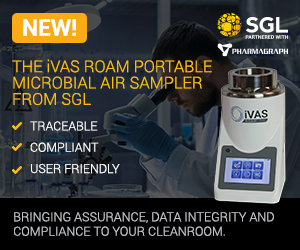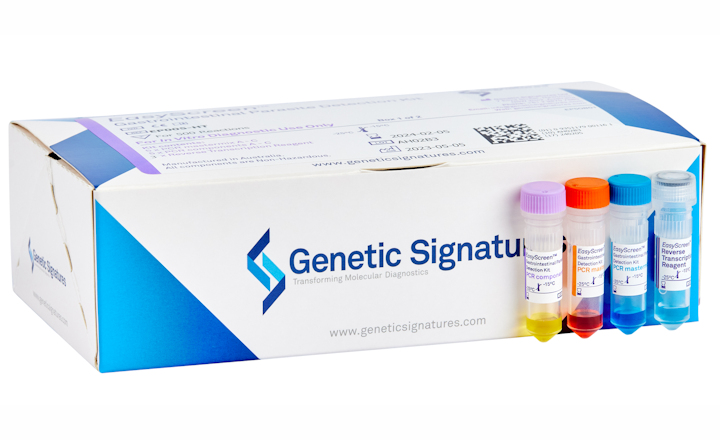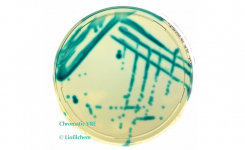The BD MAX™ Enteric Parasite Panel from BD Diagnostics, for use with the BD MAX System and is now CE marked. This is the latest panel in the BD MAX Enteric suite for the diagnosis of infectious gastroenteritis. This panel joins the BD MAX Enteric Bacterial Panel and the Diagenode™ Enteric Viral Panel primers and probes kit that is used with the BD MAX RNA 3 extraction kit to detect gastrointestinal pathogens. With the availability of the BD MAX Enteric Parasite Panel, the majority of pathogens causing this disease can be detected with a fully automated, rapid and accurate platform.
The BD MAX Enteric Parasite Panel is a qualitative IVD test detecting DNA from Giardia lamblia, Cryptosporidium (C. hominis and C. parvum) and Entamoeba histolytica in stool specimens, both unpreserved and formalin-fixed (10%). These pathogens represent commonly isolated and highly pathogenic organisms. Results from this assay are available in approximately 4 hours, require minimal technologist time, and may replace traditional methods such as microscopy and immunoassay which can be complex, labor intensive and inaccurate.
The BD MAX System offers a highly efficient path to improved clinical outcomes through flexible molecular solutions. In the laboratory, the BD MAX System automates sample preparation, extraction, amplification and detection on a single system, saving time and improving lab efficiency. Molecular testing on the BD MAX System is simplified and standardized, eliminating variability in results. Menu options include both CE marked assays and Open System Reagents that are used for user defined protocols.
In addition to panels detecting enteric parasite, viral and bacterial pathogens, other BD MAX enteric panels are in development for the qualitative detection of additional viral and bacterial pathogens directly from stool specimens in patients with signs and symptoms of gastroenteritis and/or colitis.




















